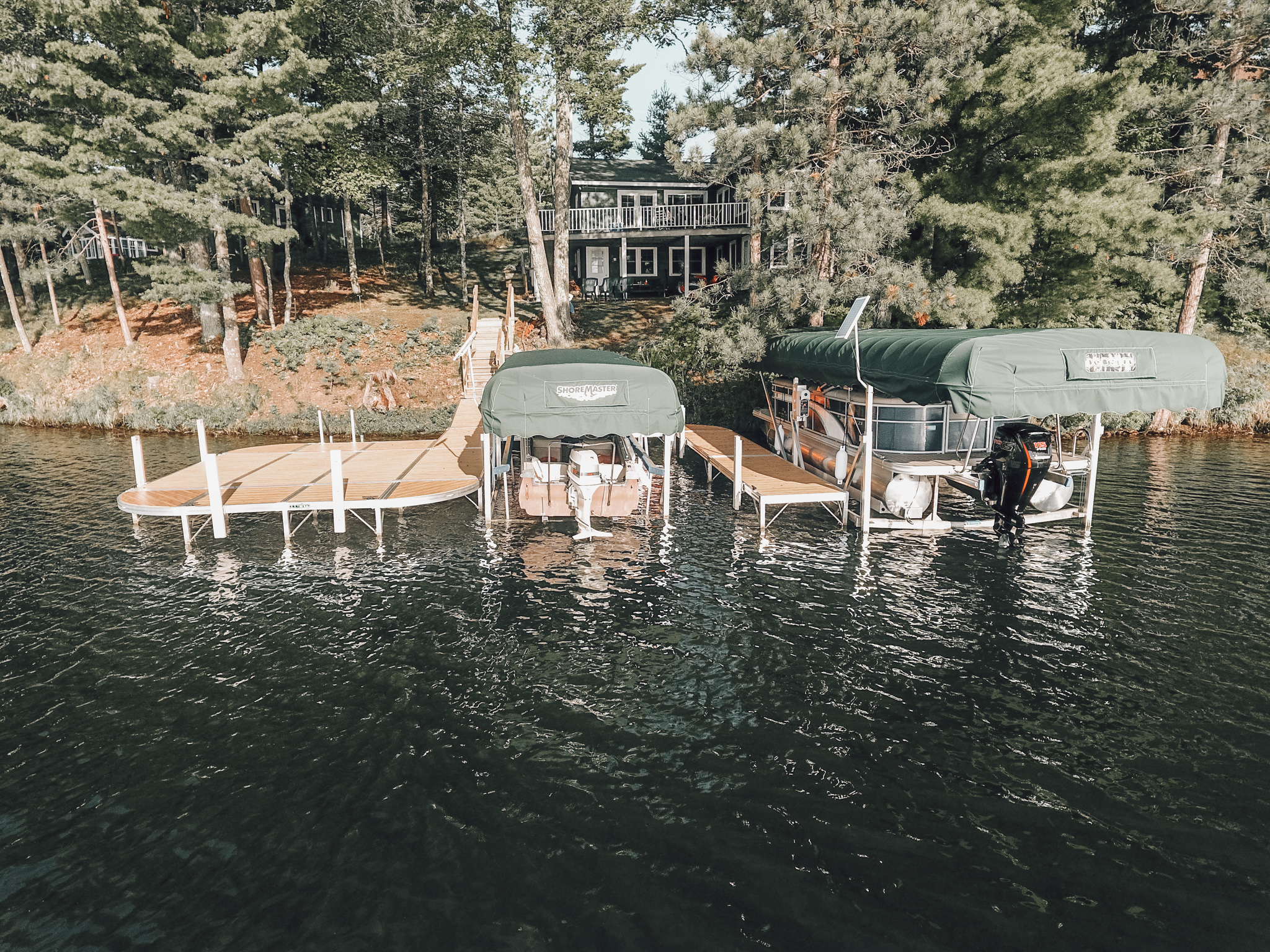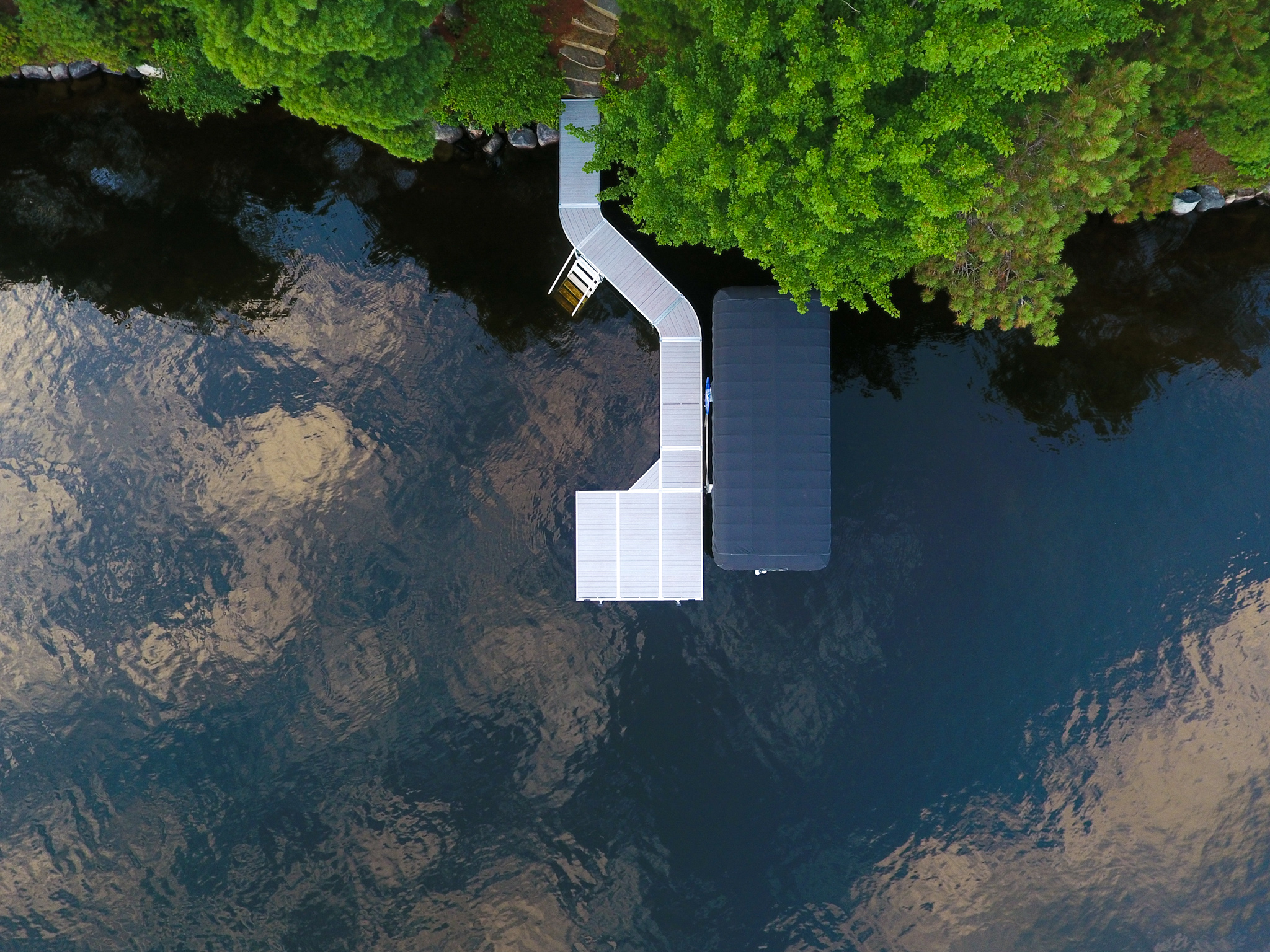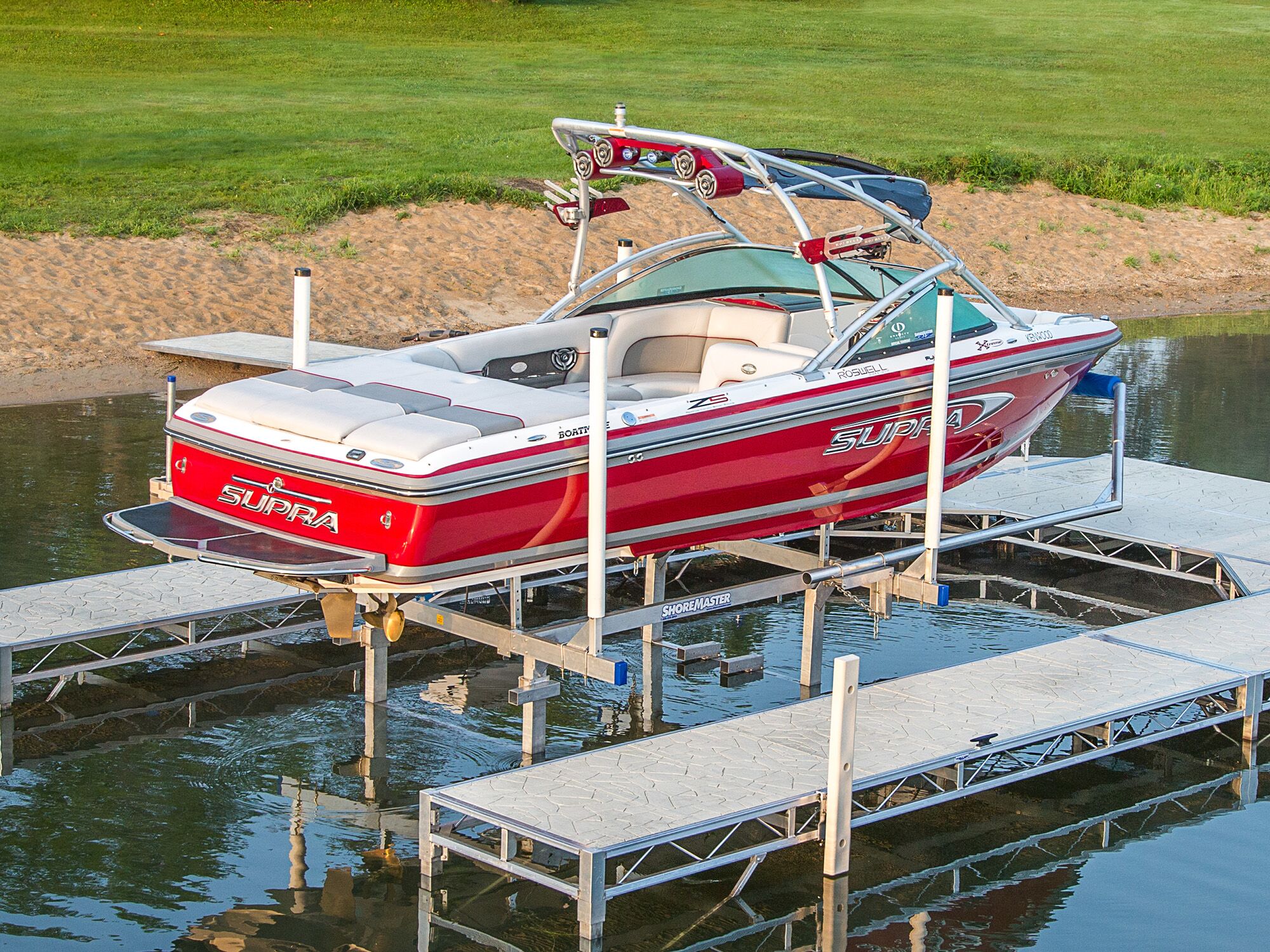Posted on October 4, 2018
Boat Lift Weight Capacity: How to Determine Boat Lift Capacity
Written by ShoreMaster Marketing
What measures are you taking to protect your boat?
Leaving your boat in the water year-round increases the risk of weather damage, sinking, and more! Fortunately, boat lifts offer protection from the elements and can increase the lifespan of your boat and equipment.
 Before buying a boat lift, however, you first have to determine the boat lift capacity you need. Basic information, such as width and dry weight, is a solid starting point for figuring out the right style and size. We dive in deeper below to outline the factors that need to be taken into consideration to determine your boat lift capacity.
Before buying a boat lift, however, you first have to determine the boat lift capacity you need. Basic information, such as width and dry weight, is a solid starting point for figuring out the right style and size. We dive in deeper below to outline the factors that need to be taken into consideration to determine your boat lift capacity.
Style and size of your boat: The shape of the hull, draft of the boat, an inboard or outboard motor… these can all impact the type of boat lift you need. You should know the length of the cradle beam as well, which is the widest portion of your boat, plus a minimum four-inch cushion on either side. Guideposts would require at least ten inches on either side. ShoreMaster, for example, offers separate vertical boat lifts, hydraulic boat lifts, and pontoon lifts. To determine which will work best for your boat, you can compare model capacities, rack and lift style, lift height, and more.
Type of dock: Your boat dock can also play a role in determining your boat lift type. For instance, is it fixed or floating? Does it have a roof structure? What are the water conditions around the dock? The water depth at low and high tides can affect how much lift is needed. If your boat will be in rough water, you may want a higher lift. Or if you’re in a deep salt water area, you might want to go with a pile-mounted lift.
Weight of your boat: Your boat lift weight capacity is important, and it starts with knowing the dry weight of your boat (which should be provided in your specification sheet). From there, you have to factor in all of the stuff you’ll put in your boat! Along with the base dry weight, that includes gas, water storage, equipment (for water sports, etc.), and anything else. Typically, we recommend a 20 percent margin of safety — so always go with a higher capacity lift if you’re unsure.
Boating World says that fuel is approximately six pounds per gallon of gas and water storage is about eight pounds per gallon. Add some life jackets, heavy waterskiing accessories, and scuba gear, and your boat lift weight capacity can really skyrocket! That’s why you need to find a boat lift that provides you with peace of mind — as well as easy installation and ownership.
If you’re ready to learn more about boat lifts and find your perfect system, ShoreMaster can help! From small Midwest lakes to the deep waters of the South, we take pride in being the premier waterfront manufacturer. Our boat lifts are engineered for maximum stability, durability, and performance.
Learn more about our boat lifts here, and find a local ShoreMaster dealer here.



